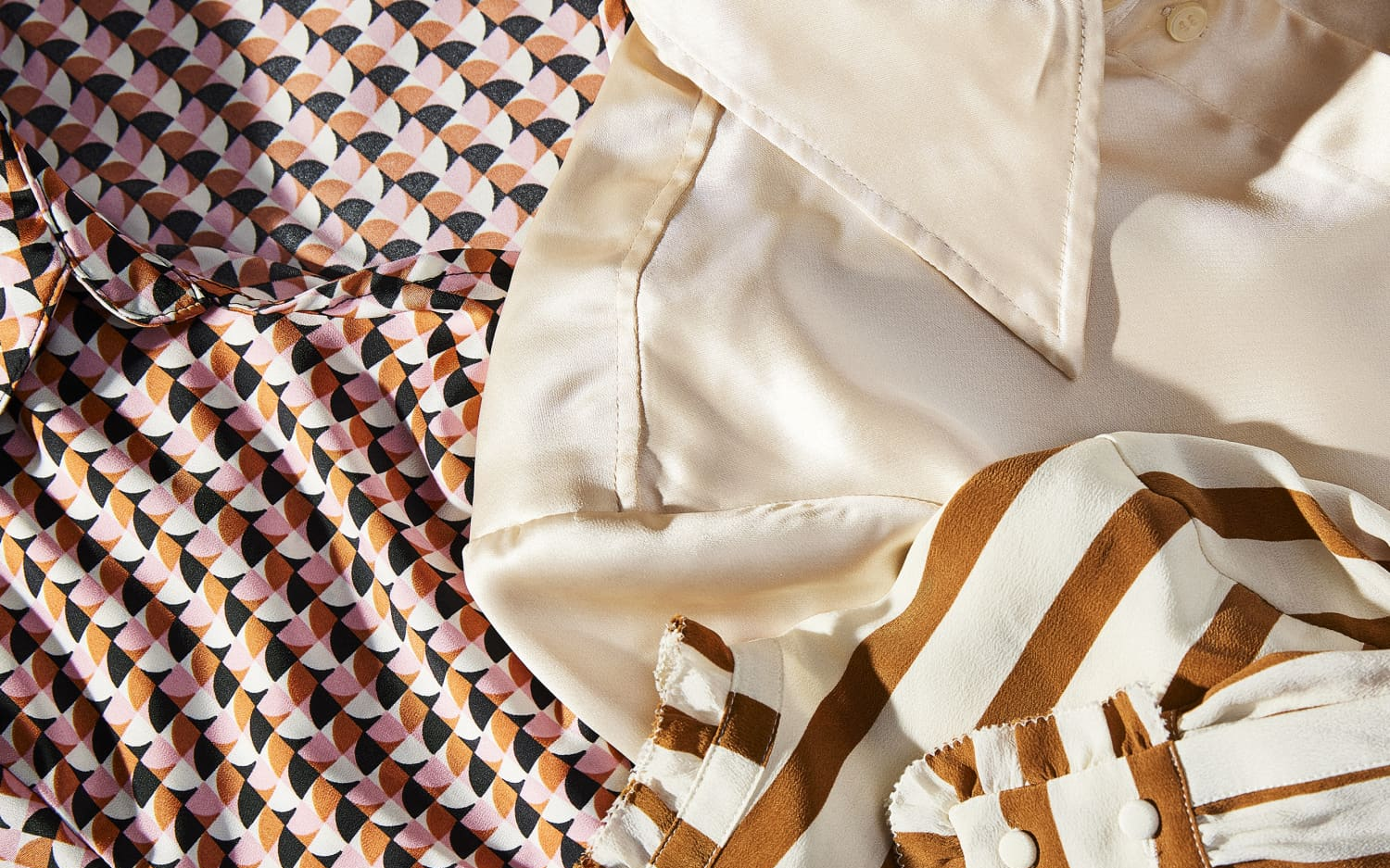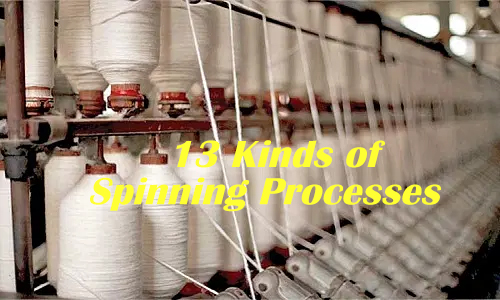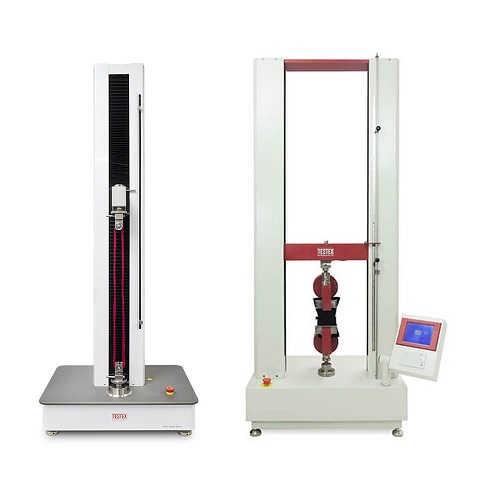The properties of textile fibers refer to the physical, chemical, and structural properties of fiber materials.…
6 Core Issues of Yarn Count and Fabric Density
Yarn count and fabric density are important factors in measuring the quality of a fabric, determining whether it has a fine texture, which in turn affects the comfort of the textile. This article will take you through the core keys of yarn count and fabric density in 6 ways.
Table of Contents
★ What are yarn count and fabric density?
Yarn count indicates the thickness of the yarn. The higher the yarn count, the finer and softer the fabric and there are higher requirements for the material. The yarn count is expressed in both length based system and weight based system and the main indicators are S, D, N, and Tex. For specific fabrics, specific indicator is used, of which S and D are more commonly used. In contrast, Tex is generally converted in the technical literature.
| Weight
based system |
Metric count(N)
N = |
Metric count refers to the length of a fibre or yarn of 1g at the given convention moisture regain. The higher the value, the finer the yarn. The metric count is mainly used for woollen and fancy yarns. |
| English count(S)
S = |
English count refers to the number of multiples of 840 yards per pound of yarn at the convention moisture regain. The higher the count the finer the yarn. | |
| Length
based system |
Denier(D)
D = |
Denier, the metric weight(g) of a 9000m length of fibre or yarn, unit is D. It is commonly used for chemical fibre and silk. A higher value indicates a thicker fibre or yarn. |
| Tex(Tex)
Tex = |
Tex is the weight(g) of a 1000m length of fibre or yarn at the convention moisture regain. The higher the Tex value, the coarser the fibre or yarn. |
| conversion
relations |
N | D | S |
| Tex | Tex * N = 1000 | D = 9*Tex | Tex * S = K |
| D | D * N = 9000 | / | D * S = 5315 |
K values: pure cotton yarn K=583.1, pure chemical fibre K=590.5, polyester-cotton yarn K=587.6
The common range of values for the four yarn count units
| Tex(Tex) | English count(S) | Metric count(N) | Denier(D) |
| 500.0 | 11.66 | 20.00 | 450.0 |
| 291.5 | 20.00 | 34.30 | 262.4 |
| 182.2 | 32.00 | 54.88 | 164.0 |
| 145.8 | 40.00 | 68.59 | 131.2 |
| 97.17 | 60.00 | 102.9 | 87.45 |
| 83.29 | 70.00 | 120.1 | 75.00 |

Fabric density, also known as warp and weft density, refers to the number of warp and weft yarns arranged per square inch, the number of warp yarns is called warp density and the number of weft yarns is called weft density. For example, we will see on the label of a bedding product that it says “40 X 40/133 X 72”, which means that the yarn counts of warp and weft are 40S, and there are 133 warp yarns and 72 weft yarns per square inch, the total is 205, so we would normally say that the density of this fabric is 200.
★ 6 core questions about yarn count and fabric density
For bedding textile, is 30S or 40S cloth bad?
This is not the case, the yarn count is the most basic unit that makes up the finished fabric. The larger the yarn count, the finer the yarn. According to the thickness of the yarn, the yarn count is generally divided into 21S, 30S, 40S, 60S and 80S. Even for big brand bedding manufacturers, more than 95% of the yarn is 30S and 40S and the rest is 21S and 60S. The most suitable bedding should be made of delicate 40S twill fabric in summer and thick 21S plain fabric in winter. 60S is not suitable for bedding as it is too thin!
The density of the gray fabric is 293 but why the density of the finished fabric is 300?
In fact, when we talk about the density of the yarn count, we are generally referring to the density of the gray fabric. In practice, after the gray fabric has been burnished and desized, dyed or printed, and then pre-shrunk and finished, the fabric will shrink, and thus the density will naturally increase a little. This is the fundamental reason why the density of 173 X 120 becomes 300.
The relationship between warp density and weft density
The warp density of the fabric is fixed, commonly 100, 110, 133, 140, 200 and 230, and is related to the machine model. The weft yarn of fabric is in the direction of the width and the number of roots can vary.
How does the yarn count affect the fabric density?
1 If the warp and weft yarn counts are 60S, the fabric density ranges from 300 to 450, up to 500. Similarly, if 60S, but the density is 100×100, it will look very thin, already not suitable for bedding textile, sometimes will be made into clothing materials.
2 If the warp and weft yarn count are 80S, the fabric density is generally 500, up to a maximum of 800. However, 800 is not suitable for bedding textile as the density per unit length is too high.
3 If the warp and weft yarns are of different counts, for example, if the warp yarn is 80S and the weft yarn is 120S, then it is possible to make a 1000 of fabric density.
What is plying yarn?
2 warp yarns or 2 weft yarns are twisted and twisted together in a process known as plying. Generally speaking, 2 high yarn counts are used to increase the efficiency and reduce the cost of weaving.
The plying yarn depends on whether it is a warp or a weft yarn. For example, if 200*95 plying yarn, if both warp and weft yarns are ply, then the number of roots is (200+95)*2=590; if the warp yarn is plying yarn, then the number of roots is 200*2+95=495; if the weft yarn is plying yarn, then the number of roots is 200+95*2=390.
How to test yarn count and fabric density?
For the yarn count test, measure a certain length of yarn by a wrap reel and then its yarn count is measured directly on the yarn count tester.

The fabric density can be calculated by directly unpacking a 1 square inch piece of fabric and counting it, this method is applicable to all fabrics, but the calculation is a bit time consuming. Another method is to measure the fabric density with the fabric density glass, which is simple but test result is inaccurate when the fabric density is high.
Appendix: The fabric organisation concepts involved

Plain fabric: warp and weft yarn is interwoven every other one, and the interweaving points are densely arranged, and there is no difference between the positive and negative sides, so the plain weave fabric has a tight structure, a firm texture, but a hard feel.
Twill fabric: fabrics with twill texture have obvious oblique lines on the fabric surface, feel, luster and elasticity are better.
Satin fabric: warp or weft yarn in the stain fabric to form some separate, disconnected tissue points, the fabric surface is almost entirely covered by the warp or weft yarn, the surface seems to have a diagonal line, but not like the twill fabric as obvious diagonal line pattern, warp and weft yarn interweaving less, with a smooth and bright appearance.




This Post Has 0 Comments